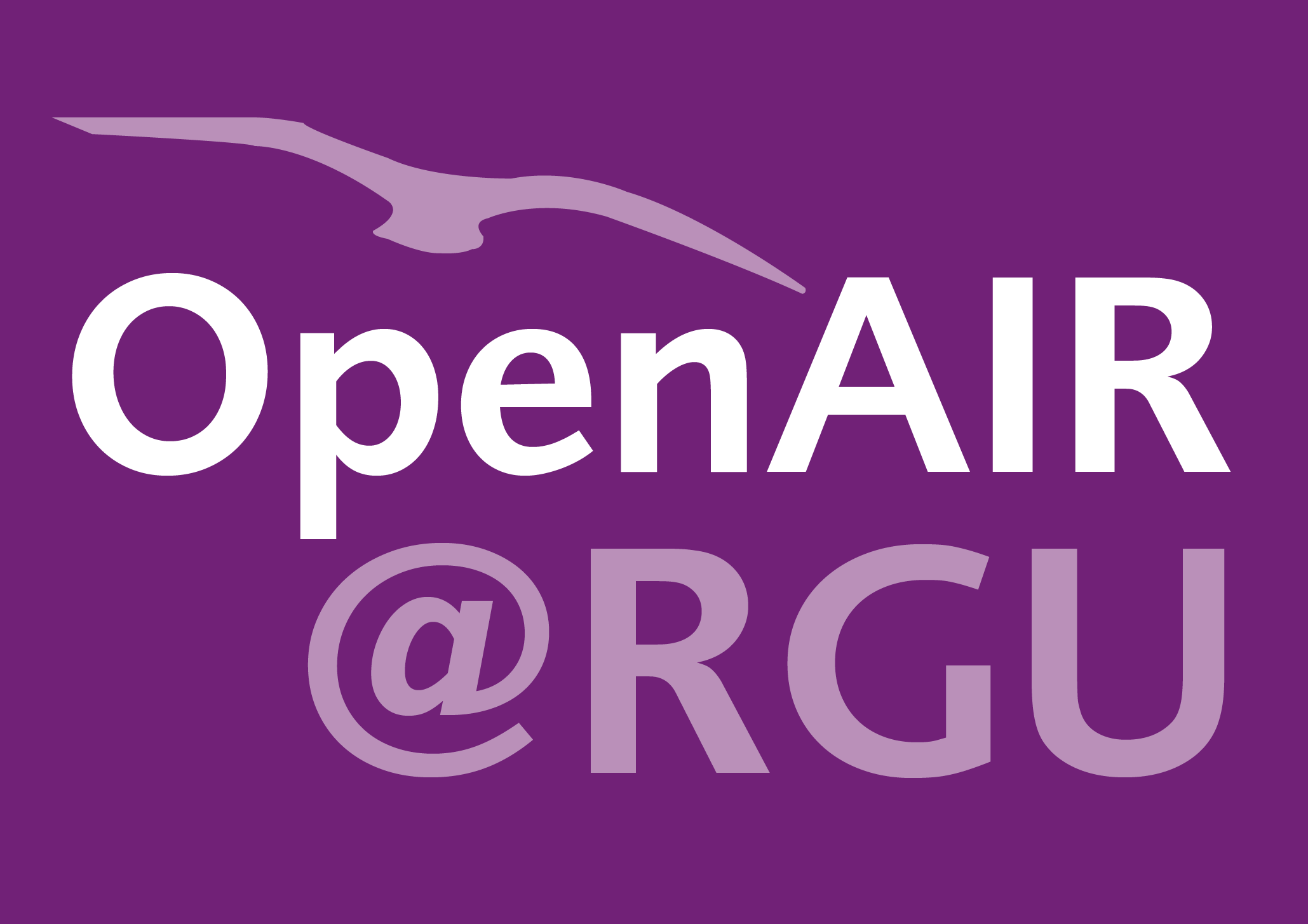Efenwengbe Nicholas Aminaho
Caprock integrity evaluation for geosequestration of CO2 in low-temperature reservoirs.
Aminaho, Efenwengbe Nicholas; Hossain, Mamdud
Abstract
The geological storage of CO2, also referred to as CO2 geosequestration, represents one of the most promising options for reducing greenhouse gases in the atmosphere. However, most of the time CO2 is captured and compressed together with small amounts of other industrial gases, such as SO2 and H2S, incurring extra costs to separate these other acid gases before CO2 is then stored in depleted petroleum reservoirs or aquifers. Moreover, during CO2 geosequestration in reservoirs, pressure variations during injection could force some amount of CO2 into the caprock if the capillary entry or breakthrough pressure of the caprock is exceeded, thereby altering the petrophysical, geochemical and geomechanical properties of the caprock. Studies on the co-injection of CO2 with other acid gases from industrial emissions and their impact on caprock integrity are therefore paramount. In this study, numerical simulations were performed to investigate the co-injection of SO2 and H2S (separately) with CO2 in carbonate and sandstone formations, and their migration to shale caprock. Furthermore, mathematical models were developed to evaluate the mineralogical brittleness index of the rocks, and compared with the mechanical brittleness index, which was evaluated using experimental data. The findings of the study indicate that SO2 gas and H2S gas dissolve preferentially in formation water compared with CO2 gas, but SO2 gas dissolves more rapidly than H2S gas in formation water. Thus, the breakthrough of H2S gas and SO2 gas is delayed compared with CO2 gas. CO2-SO2 and CO2-H2S separate co-injection cases result in the precipitation of pyrite through interactions between the dissolved gases (SO2 and H2S) and Fe2+ from the dissolution of iron-bearing minerals. There were no ankerite and siderite precipitations in the carbonate formations (only in the shale formation with a significantly higher concentration of Mg2+) for the CO2-H2S case; however, for the CO2-SO2 case, ankerite and siderite precipitated in both the impure limestone and shale formations. Co-injection of SO2 or H2S with CO2 inhibits the solubility trapping of CO2 compared to the CO2-only case. Furthermore, in both the carbonate and shale rocks, porosity and permeability increase for the CO2-only and CO2-H2S injection cases; meanwhile, for the CO2-SO2 injection case, porosity and permeability increase in the shale rock and carbonate rock (initially composed of calcite and dolomite), and decrease in the carbonate (pure and impure limestone) and sandstone rocks, due to anhydrite precipitation from the injection zone to the reservoir-caprock interface. In all the sequestration cases, the brittleness of the shale and sandstone rocks decreases, while the change in the brittleness of the carbonate rocks varies depending on calcite precipitation or dissolution. In comparison to the carbonate formations, shale formations are preferable as cap rocks, as their brittleness is low and decreases during CO2 geosequestration; carbonate formations may be suitable reservoir rocks for cyclic injection and withdrawal of CO2, due to increased injectivity and productivity in the injection and production zones, respectively. Meanwhile, sandstone formations are suitable for long-term storage of CO2 (with or without impurities), due to their favourable mineral trapping of CO2; they may also be suitable for cyclic injection of CO2 (with or without H2S impurity), except for cyclic CO2 co-injection with high amount of SO2 (which may decrease both injectivity and productivity of CO2, due to reduced permeability and brittleness of the sandstone formation). Based on the mineralogical composition of the formations in this study, co-injection of H2S gas and SO2 gas (separately) with CO2 gas does not increase (but decreases) the brittleness of shale caprocks, as the brittleness is impacted mainly by the CO2 gas.
Citation
AMINAHO, E.N. and HOSSAIN, M. 2023. Caprock integrity evaluation for geosequestration of CO2 in low-temperature reservoirs. Aberdeen: Robert Gordon University.
| Report Type | Project Report |
|---|---|
| Publication Date | Jul 31, 2023 |
| Deposit Date | Sep 7, 2023 |
| Publicly Available Date | Mar 1, 2024 |
| Publisher | Robert Gordon University |
| Keywords | Carbon capture; Carbon dioxide geosequestration; Geomechanical engineering |
| Public URL | https://rgu-repository.worktribe.com/output/2072081 |
Files
AMINAHO 2023 Caprock integrity evaluation
(2.1 Mb)
PDF
You might also like
Evaluation of caprock integrity for underground storage of CO2 in depleted oil and gas reservoirs using machine learning approach.
(2022)
Presentation / Conference Contribution
Evaluation of caprock integrity for underground storage of CO2 in depleted oil and gas reservoirs using machine learning approaches.
(2022)
Presentation / Conference Contribution
Formation integrity evaluation for geosequestration of CO2 in depleted petroleum reservoirs under cyclic stress conditions.
(2023)
Presentation / Conference Contribution
Caprock integrity evaluation for geosequestration of CO2 in low-temperature reservoirs.
(2023)
Presentation / Conference Contribution
Downloadable Citations
About OpenAIR@RGU
Administrator e-mail: publications@rgu.ac.uk
This application uses the following open-source libraries:
SheetJS Community Edition
Apache License Version 2.0 (http://www.apache.org/licenses/)
PDF.js
Apache License Version 2.0 (http://www.apache.org/licenses/)
Font Awesome
SIL OFL 1.1 (http://scripts.sil.org/OFL)
MIT License (http://opensource.org/licenses/mit-license.html)
CC BY 3.0 ( http://creativecommons.org/licenses/by/3.0/)
Powered by Worktribe © 2025
Advanced Search
